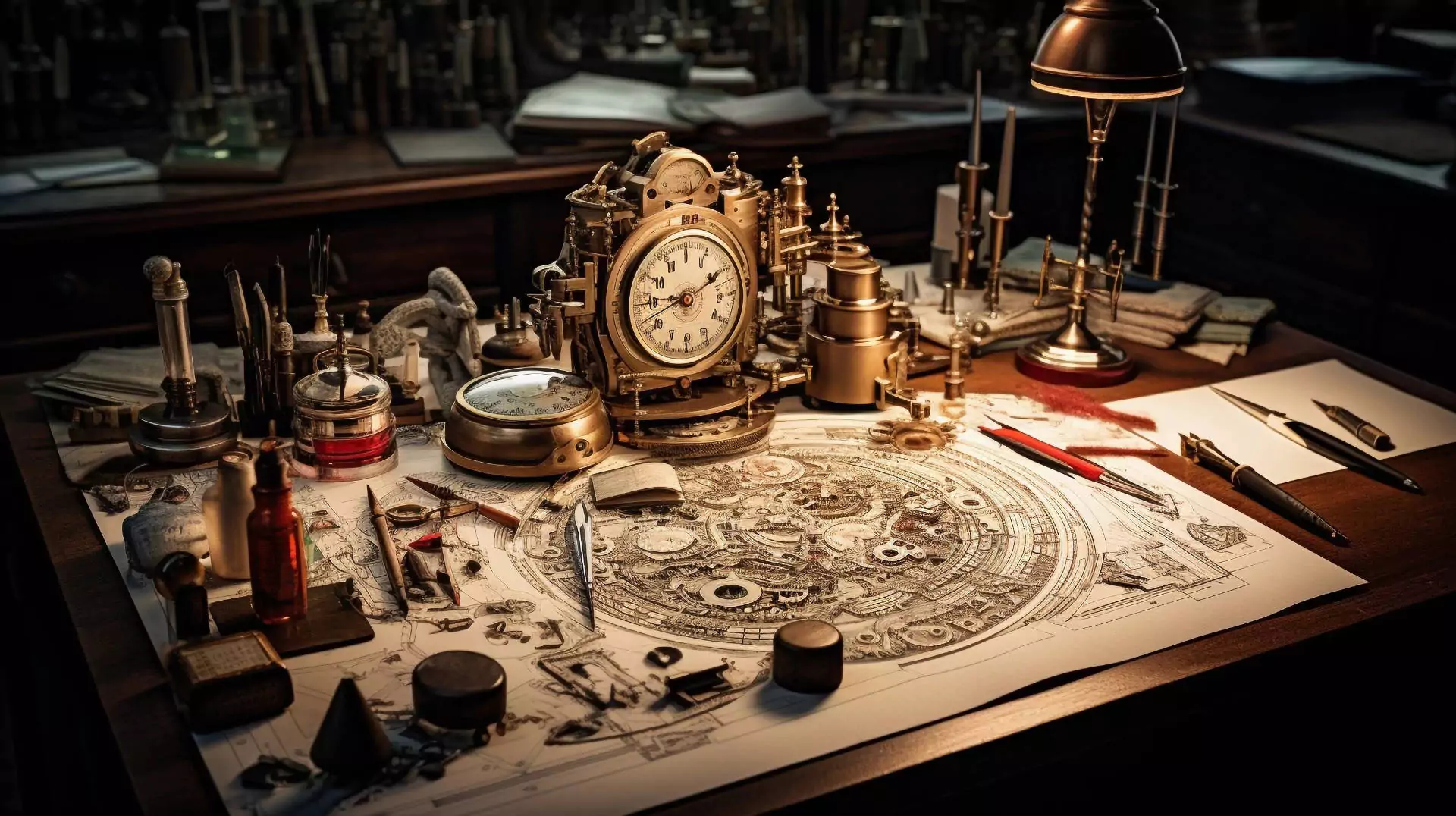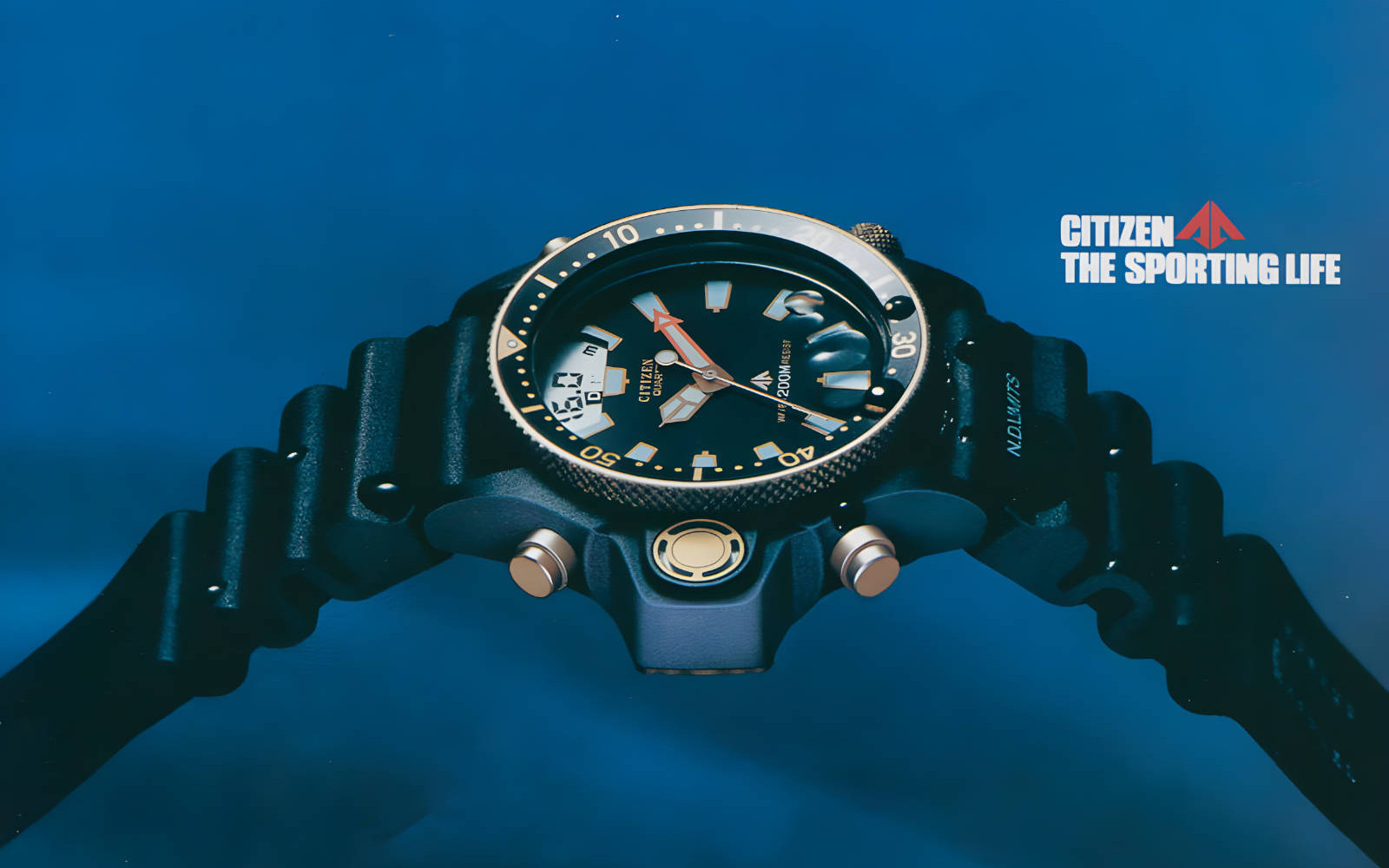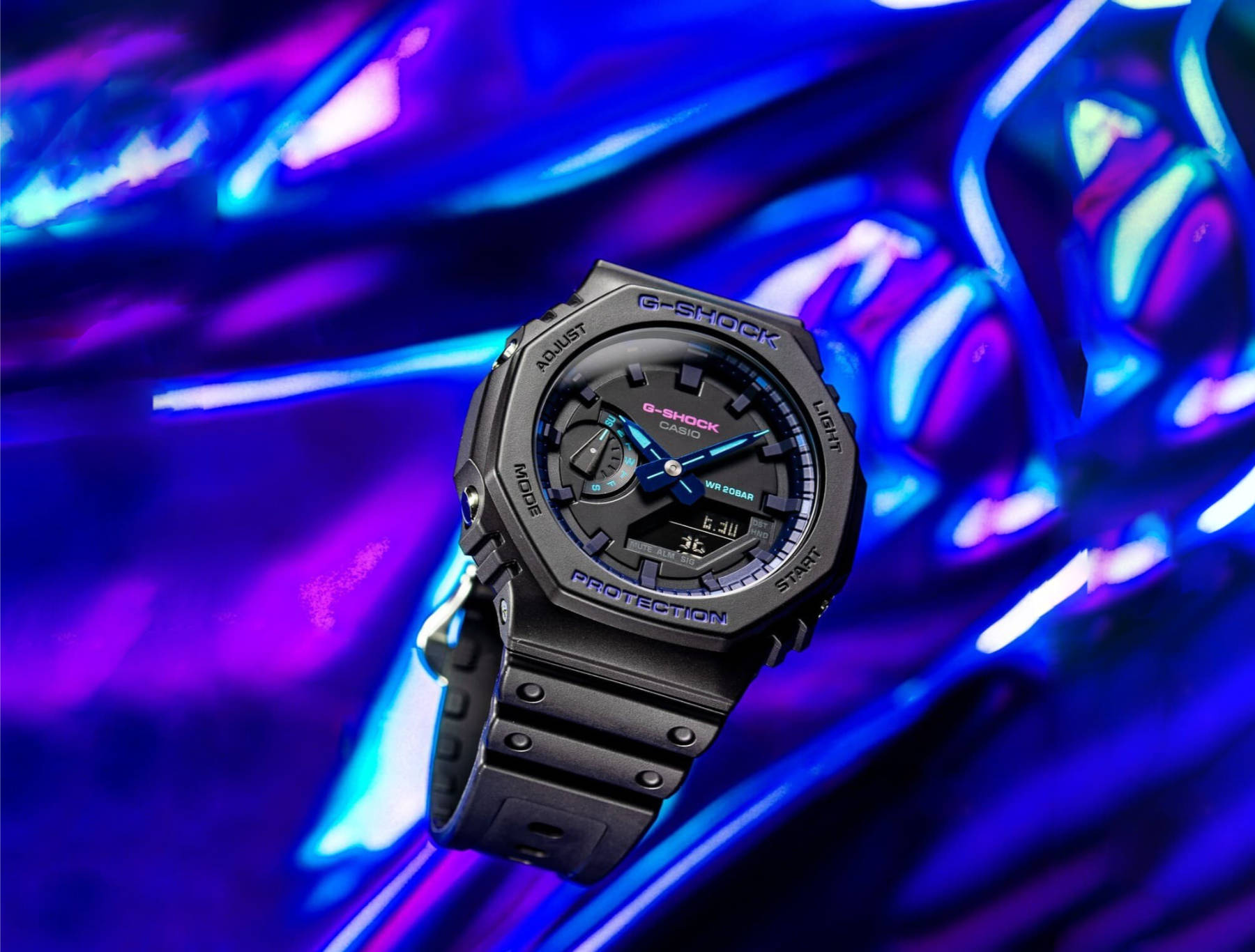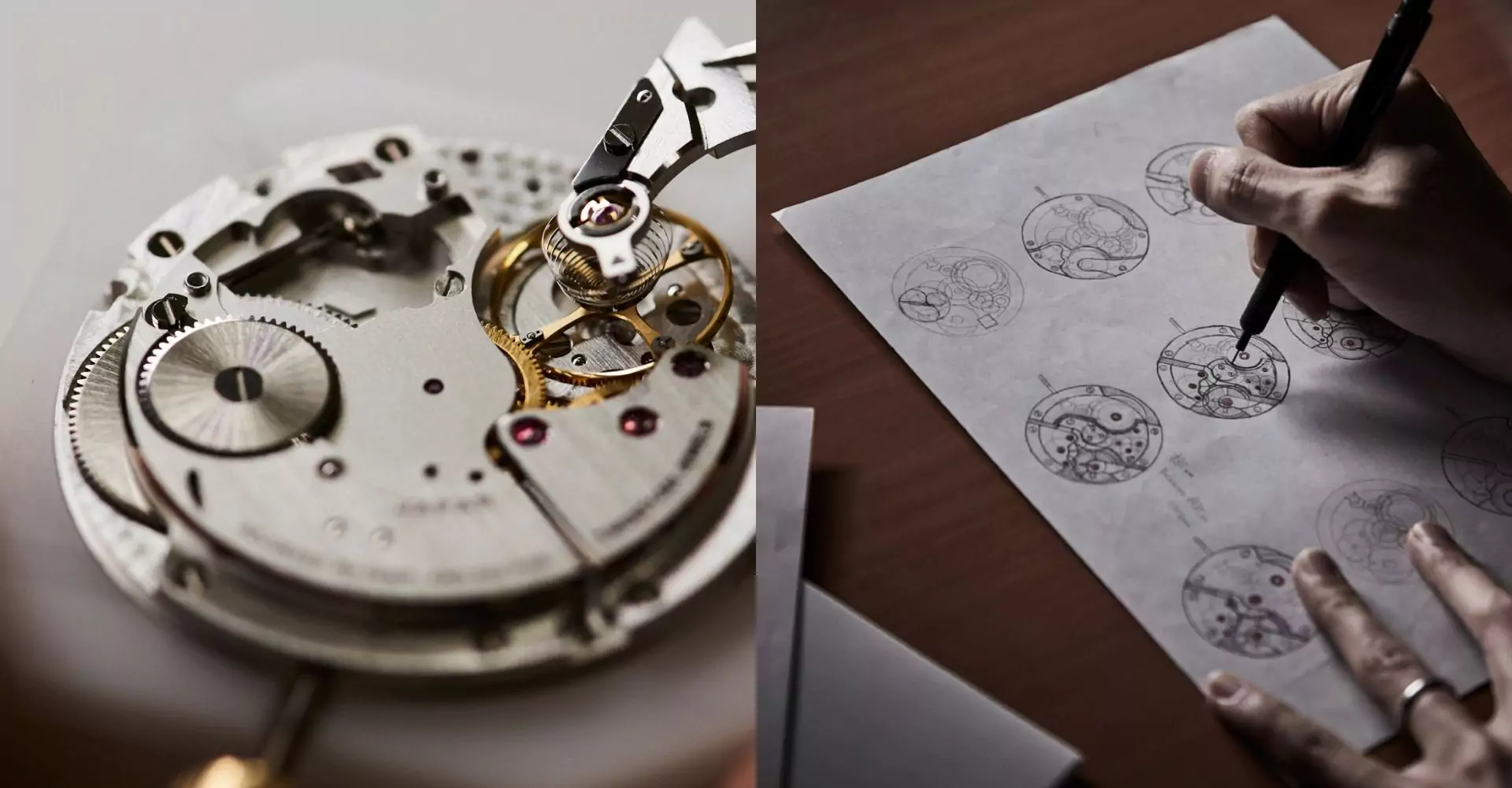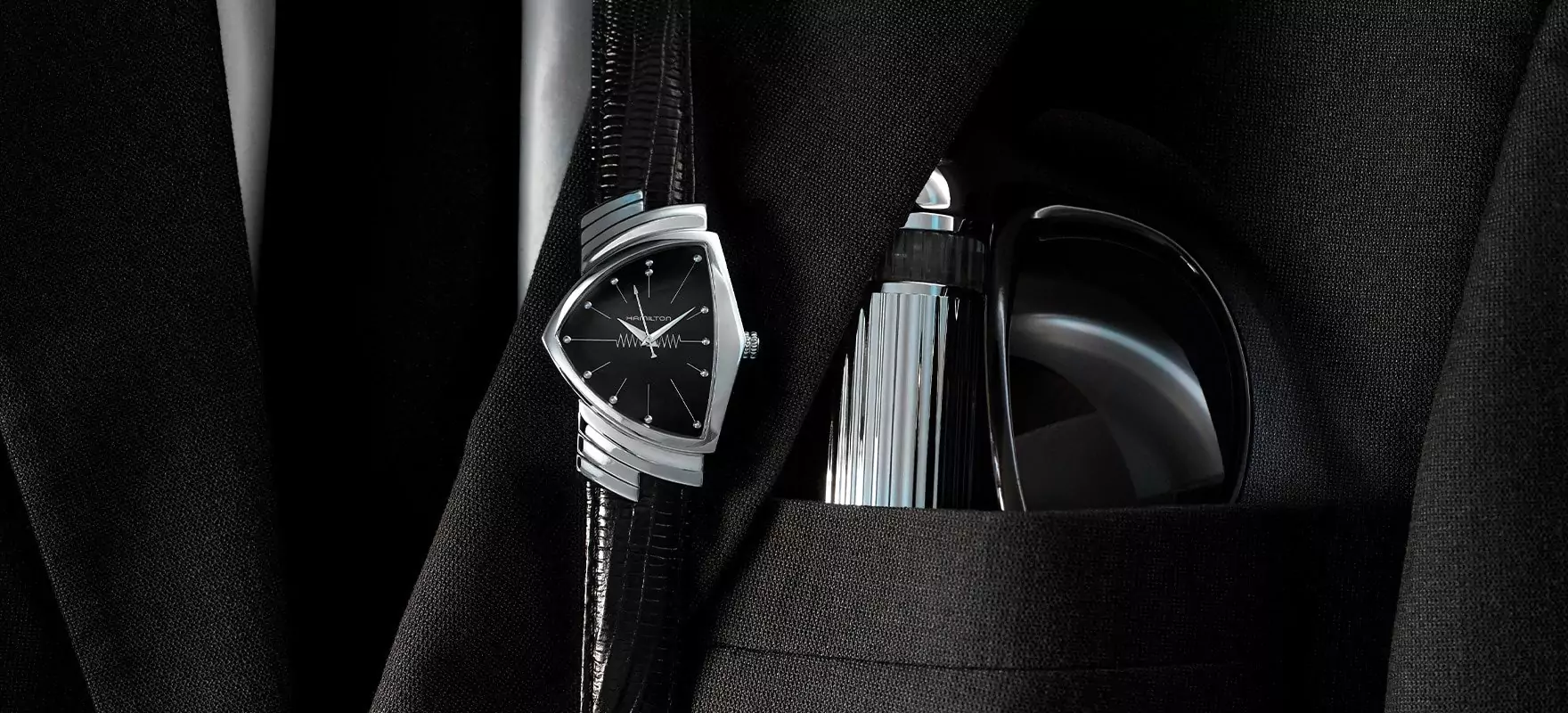How the influences of fashion and social customs affected the shape and function of modern watches
Very often, people approaching the world of watchmaking do so from a practical point of view: a watch is important only for its specific role, that is, to mark the time. And for this very reason, they fail to understand why a timepiece with no particular complications and functions can become so expensive.
Therefore, we will examine in this article perhaps the most frivolous side of watchmaking: what is linked to the pure aesthetic research in timepieces, which for a long time has concerned mainly the female watchmaking, but over the years has evolved into the current phenomenon of unisex fashion watches.
The first wristwatch was not a Patek Philippe
The tradition of watchmaking places the birth of the first wristwatch to the bracelet watch built by Patek Philippe and commissioned by Countess Koskowicz of Hungary in 1864, but in reality, this is not so.
The first recorded wristwatch of which we have historical traces dates back to the time of Queen Elizabeth I Tudor, therefore in the second part of the sixteenth century – but these are only comments describing an “arm watch” studded with precious stones given to Her Majesty by one of her suitors, Earl Robert Dudley in 1571.
Given the lack of precision of the clocks of the time, its function as a timepiece was probably primarily decorative. Still, the preponderance of the ornamental aspect in watches over the technical one continued for a long time. Even the famous (and lost) watch created in 1812 by Breguet for Josephine Beauhornais, Napoleon’s sister and Queen of Naples, was not actually the first wristwatch: there is an example still existing today dating back to 1806, and created by the court jeweler, Nitot, the founder of Chaumet, for Empress Josephine, the wife of Napoleon Bonaparte.
Just as in the Patek Philippe example, the timekeeping function is hidden behind a cameo, which has to be opened to reveal it. And we can see in this detail the primary vocation of these watches: that of ornamentation, something that would be typical of women’s watchmaking until the women’s social affirmation of the twentieth century, which would change the need for women to own – and use – watches that were not just aesthetically beautiful but also functional.
The taste for tiny watches in the early Twentieth century
The aesthetic trend in the pursuit of an elegant style led watchmaking – at the time, exclusively mechanical – to divide itself into two fundamental sectors, characterized by different purposes, and directed to different audiences. The first, which continues to this day, was about creating the slimmest watch for men. The second involved the making of the smallest watch for women.
And in both cases, the winner was the watchmaker of the watchmakers, i.e., Jaeger LeCoultre, with two calibers that remained undefeated for a long time. The first was the extra-slim 145 caliber, created in 1903, which was only 1.38 mm thick, and the second was the minuscule 101 caliber, measuring 14 mm long, 4.8 mm wide, and only 3.4 mm thick – the smallest movement in the world, and perfect for driving the most petite ladies’ watches.
A specialization, that of small watches, that eventually proved to be a dead end. The smaller the calibers, the less accurate they were – and women’s changing social standing soon led them to prefer larger, more readable watches, and indeed more helpful in an active life such as the one they led, especially after the social revolution of the 1970s.
And so, small mechanical watches ended up mostly disappearing, killed by the changing needs of the times and the emergence of a style that preferred large and, often, massive timepieces.
The development of the fashion watch: the Swatch
The Seventies did not only bring a great revolution in the customs of society: they also brought the new quartz mechanisms. Initially, these were very expensive and exclusive. Still, within a very short period, their cost decreased so much that they plunged the traditional Swiss watchmaking, still based on mechanical movements, into a great crisis.
And it was here, on the last beach of Swiss watchmaking before the industry went bankrupt, that the recipe of the antidote was found by Nicolas Hayek, the founder of SMH, which became the great Swiss watchmaking giant, the Swatch Group – a name formed from a contraction of Second Watch. Hayek had repurposed the traditional analog Swiss watch with a plastic case and a simple quartz movement – and turned it into a fashionable, cute, colorful, and inexpensive object.
The first Swatch collection was presented in 1983 and consisted of 12 different models, on sale from 50 CHF. To say that it was a success does not even remotely express the result that Swatch had: only that after three years, the production of the plastic timepieces reached 20 million pieces.
Swatch launched many different models and series, such as the Pop, which could be attached to clothing, or the artistic series, which featured works by famous contemporary artists and designers, including Keith Haring, Jean-Michel Folon, Sam Francis, Pierre Alechinsky, and Mimmo Paladino. Some of these watches were produced in limited and special series, with the result that they began to increase in value on the secondary market and prompted the creation of the first collections.
Although over time the bubble of the Swatch collectible was diluted to the current situation where the worth is from little to no value, it was perhaps the first time that the watchmaking introduced the phenomenon of fashion within it. With the establishment of the concept of limited editions, after about 40 years, fashion and exclusivity have become part of the contemporary watchmaking culture.
Fashion meets fast: the emergence of fast fashion
The Eighties were also the ground for developing a new trend in fashion and accessories, which necessarily extended to watches as well: Fast Fashion. This phenomenon favors the production of low-priced objects destined to last one season and to be cyclically replaced with other fashionable items in the following one.
This trend, of which Zara has become the most blatant example – even though it was actually launched by other fashion brands such as Benetton – has deeply influenced the world of watches and created a fashion niche, with low-priced timepieces used exclusively as accessories, representing the first step of entry into the brand, just like other accessories such as belts, glasses and even, perfumes.
Every big fashion brand began to address this phenomenon, which concerned its market positioning, by following completely different approaches according to the marketing objectives pursued. Some, such as Giorgio Armani and Hugo Boss, delegating the creation and marketing of the brand to specialized groups outside the structure with licensing agreements; others, such as Bulgari and Cartier, often of jewelry derivation, intervening directly in the creation of high-end and high-priced timepieces, in which the brand is not the only appeal, but is part of a global experience for the customer.
Today’s fashion watchmaking
So, in the Twenties of the new century, we find ourselves in a very diverse situation, where watches have taken on – for different reasons – completely different characters. And we have limited ourselves to talking only about the evolution of style and fashion without delving into the development of smartwatches and smart devices.
What we see today is a progressive widening of the audience of watches, which are becoming increasingly diversified in terms of type, purpose, and mission to adapt to the changing needs of the people who buy them – and who do so for completely different reasons.
And marking the time accurately is only one, and perhaps, by now, not even the most important goal that a timepiece has to achieve today.


